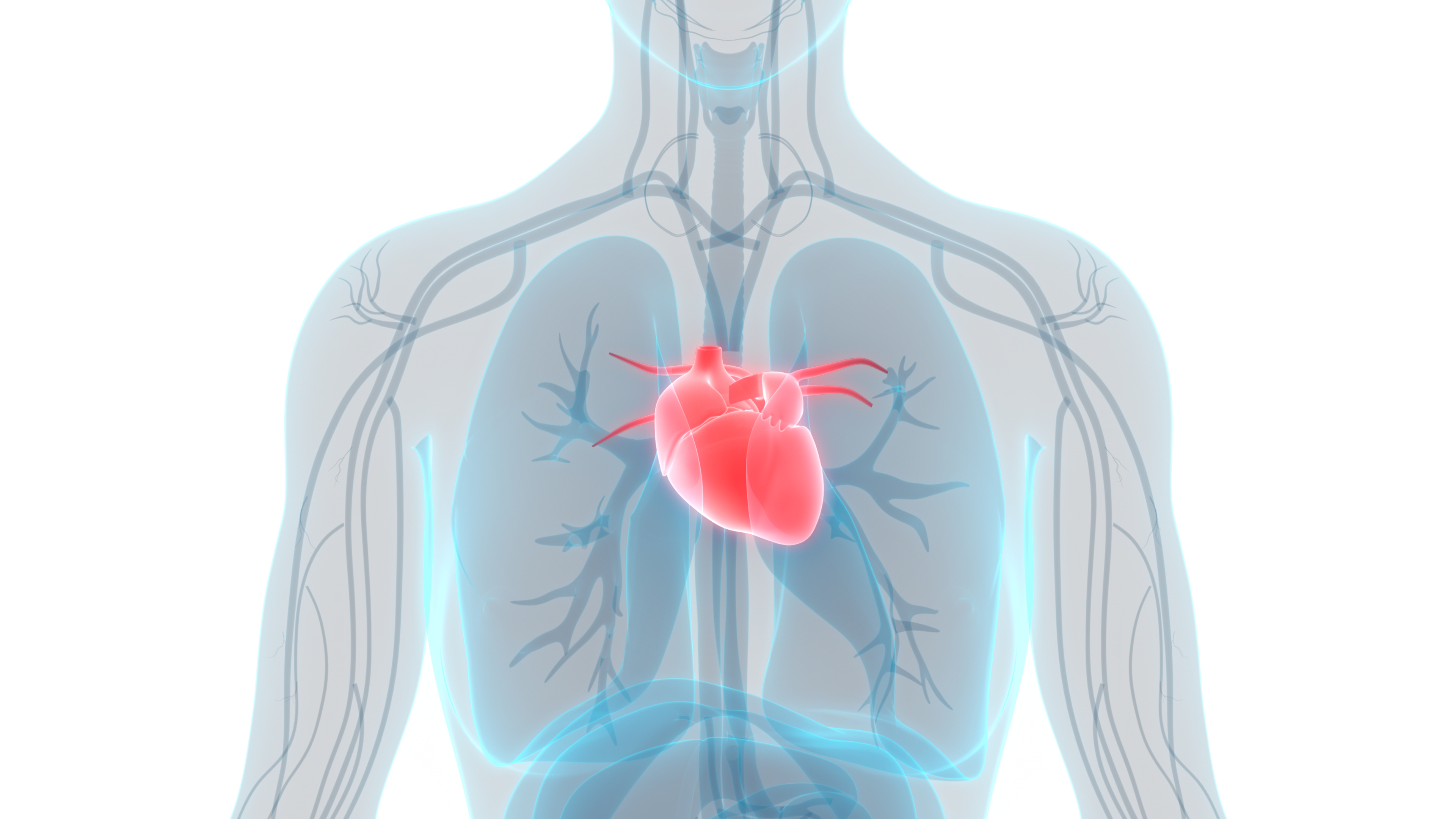teaser
Bayer HealthCare’s novel oral anticoagulant Xarelto® (rivaroxaban) has been approved by the European Commission for the prevention of atherothrombotic events (cardiovascular death, myocardial infarction or stroke) after an Acute Coronary Syndrome (ACS) in adult patients with elevated cardiac biomarkers at a dose of 2.5mg twice-daily (BID) in combination with standard antiplatelet therapy.
This approval makes rivaroxaban the only novel oral anticoagulant approved to protect patients with elevated cardiac biomarkers following an ACS event.
Arterial blood clots, which may lead to a recurrence after an ACS event, are formed through the dual pathways of platelet activation and thrombin generation. Standard antiplatelet therapy only targets the platelet activation pathway of clot formation. Rivaroxaban targets Factor Xa, a key trigger of thrombin generation.
“We know that thrombin levels remain elevated long after an ACS event, leaving patients at risk. In the ATLAS ACS 2-TIMI 51 study, we’ve shown that treating these patients with a low dose of rivaroxaban in combination with standard antiplatelet therapy targets both pathways of clot formation providing more complete long-term protection, including significant reduction in mortality risk,” said C. Michael Gibson, MS, MD, Chairman of the PERFUSE Study Group, Harvard Medical School, and the Principal Investigator in the ATLAS ACS studies. “This approval marks an important shift in the way we deliver protection to patients who are at risk of a secondary atherothrombotic event.”
“Xarelto is already finding extensive use by cardiologists for stroke prevention in patients with atrial fibrillation. This approval re-enforces the compelling profile of the product, further extending its clinical value in preventing arterial blood clots,” said Dr. Kemal Malik, Member of the Bayer HealthCare Executive Committee and Head of Global Development.
The approval of rivaroxaban in this indication is based on important clinical findings of the pivotal Phase III ATLAS ACS 2-TIMI 51 study of more than 15,500 patients. The study demonstrated that the addition of rivaroxaban 2.5mg BID to standard antiplatelet therapy — low-dose aspirin with or without a thienopyridine (clopidogrel or ticlopidine) — significantly reduced the composite primary efficacy endpoint of cardiovascular death, myocardial infarction or stroke in patients after a recent ACS compared to those who received standard antiplatelet therapy alone.
Rates of TIMI (Thrombolysis In Myocardial Infarction) major bleeding events not associated with coronary artery bypass graft (CABG) surgery and of intracranial haemorrhage (ICH) were low overall, yet increased with the addition of rivaroxaban. But importantly, there was no increase observed with rivaroxaban in the risk of fatal intracranial haemorrhage (ICH) or fatal bleeding.
Based on the ATLAS ACS 2-TIMI 51 study findings, the 2012 European Society of Cardiology (ESC) Guidelines recommend that treatment with rivaroxaban 2.5 mg BID be considered for patients with ST-Segment Elevation Myocardial Infarction (STEMI) who are at low bleeding risk and are on antiplatelet therapy with aspirin and clopidogrel.
About Acute Coronary Syndrome (ACS)
ACS is a complication of coronary heart disease which is the single most common cause of death worldwide and one of the most prevalent non-communicable diseases. ACS occurs when a blood clot blocks a coronary artery, reducing blood supply to the heart. This disruption of blood flow can be the direct cause of a myocardial infarction, or precipitate severe pain in the chest (unstable angina), a condition indicating that a myocardial infarction may soon occur. Higher levels of cardiac biomarkers are associated with heart injury, and laboratory testing of these biomarkers is routinely undertaken in clinical practice to confirm an ACS.
About Venous Arterial Thromboembolism (VAT)
Thrombosis is the formation of a blood clot inside a blood vessel, blocking a vein (venous thrombosis) or artery (arterial thrombosis). Venous Arterial Thromboembolism (VAT) is caused when some or all of a clot detaches and is moved within the blood stream until it obstructs a smaller vessel. This can result in damage to vital organs, because the tissue beyond the blockage no longer receives nutrients and oxygen.
VAT is responsible for a number of serious and life threatening conditions:
- Venous Thromboembolism (VTE) occurs when part of a clot formed in a deep vein, for example in the leg (known as deep vein thrombosis, or DVT), is carried to the lung, via the heart, preventing the uptake of oxygen. This is known as a pulmonary embolism (PE), an event which can be rapidly fatal
- Arterial Thromboembolism occurs when oxygenated blood flow from the heart to another part of the body (via an artery) is interrupted by a blood clot. If this occurs in a vessel supplying blood to the brain, it can lead to a stroke, an event that can be severely debilitating or fatal. If it occurs in a coronary artery, it can lead to acute coronary syndrome (ACS), a complication of coronary heart disease which includes conditions such as myocardial infarction and unstable angina
VAT is responsible for significant morbidity and mortality, and requires active or preventative treatment to avoid potentially serious or fatal patient outcomes.

